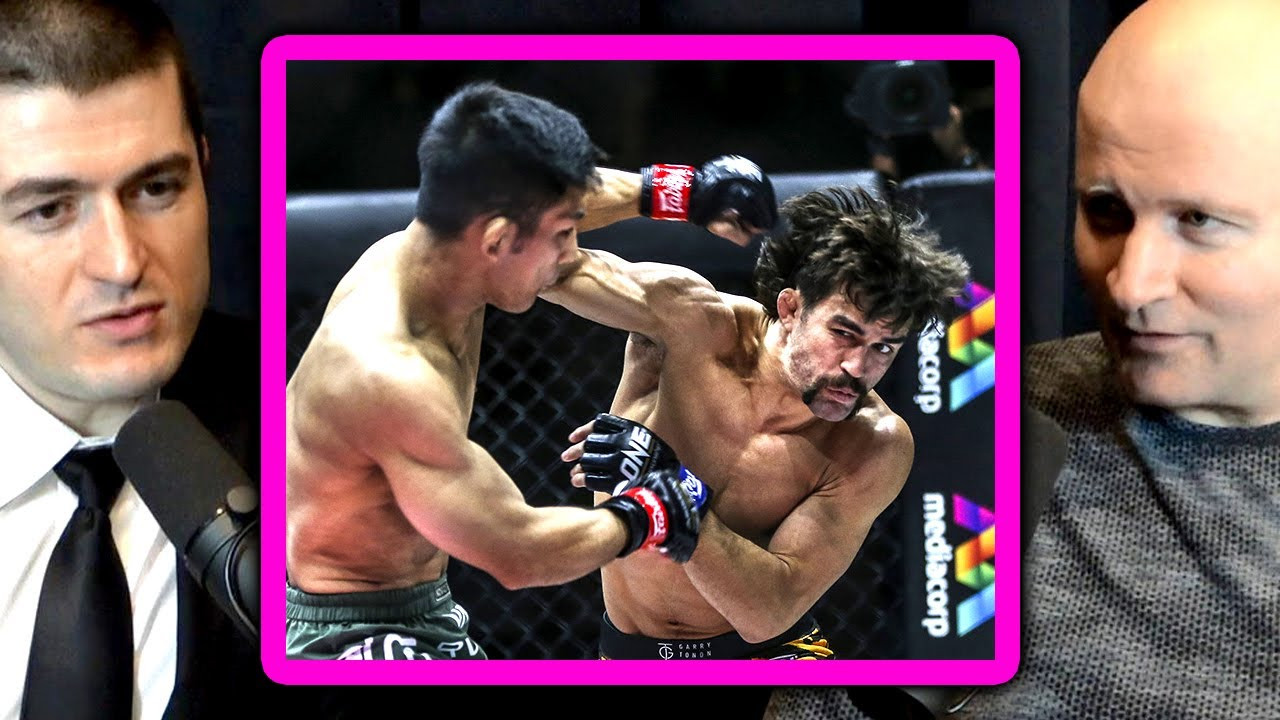The Best Martial Art for Real World Application?

Self-defense is the most common reason that people learn martial arts. While there are other benefits, like getting in shape, increasing flexibility, losing weight, and building confidence, the majority of people who walk through the doors of a martial arts gym for the first time are there to learn how to better defend themselves. For those who are just beginning to learn about martial arts, one question that repeatedly comes up is: Which martial art is the best in a real-world altercation?
According to John Danaher, one of the most well-respected coaches in the world of jiu-jitsu and MMA fighting, the style is less important than how much the classes allow students to simulate an actual fight. As he said in an interview on Lex Fridman’s podcast, “There are many martial arts and there’s a rough divide between the two: those that fall into combat sports and those that fall into non-sporting martial arts where there’s no competitive, live sparring element—where most of the knowledge is limited to theoretical knowledge reinforced by passive drilling.”
“Combat sports are your best option for self-defense,” John concludes. “Nothing will prepare you for the intensity of a genuine altercation better than combat sports.”
Instead of asking if a type of martial art will make you a more formidable fighter in a real-world scenario, you should be looking to see if the classes available to you have a combat sport element. Questions you should be asking as you explore your options include:
- Are you drilling with a passive or an active partner?
- Are you focusing on theoretical technique or practical applications of a technical skill?
- Is there live sparring?
Is Jiu-Jitsu a Combat Sport?
Yes. However, not all jiu-jitsu gyms are the same. In some cases, a gym may focus on teaching what’s known as sports jiu-jitsu. Other gyms may teach what’s become known as street jiu-jitsu.
Sport Jiu-Jitsu
Gyms that specialize in sport jiu-jitsu primarily train their students to compete in jiu-jitsu tournaments. These tournaments largely prohibit strikes, are governed by set regulations and time limits, and have elaborate point systems. As a result, the style of fighting is heavily influenced by the scoring system and fighters also recognize that there are ways to use the time limits to their advantage. Despite these restrictions, sport jiu-jitsu gyms have live sparring, drills involve an active partner, and you do learn practical applications of jiu-jitsu moves.
Street Jiu-Jitsu
Gyms that teach street jiu-jitsu focus on using jiu-jitsu techniques outside of a tournament setting. In street jiu-jitsu gyms, there are no time limits or points. More importantly, the lessons learned in street jiu-jitsu classes place more of an emphasis on situations that are relevant in a street fight. As in sport jiu-jitsu, there is live sparring, drills are with an active partner, and you learn practical applications of jiu-jitsu moves. Moreover, the way these moves are used in street jiu-jitsu classes closely resemble the kind of fighting in a real-world fight scenario.
Which Is Better for Self-Defense?
One form of jiu-jitsu is not better than the other. Both will teach you the techniques of jiu-jitsu, which can be extremely effective in a real-world fight scenario.
Most real-world fights do not involve two people putting up their dukes and trading strikes. They are far more chaotic. As a general rule, if you’re putting a person who is regularly sparring against a person who is either untrained as a fighter or is accustomed to merely drilling, the former is going to have an enormous advantage because they are familiar with the dynamics of a real fight. They will know how to keep their emotions in check and refrain from acting recklessly. They will have a better idea of when to expend or preserve their energy. They will be able to turn up the level of intensity and won’t hesitate to use their knowledge of martial arts when necessary.
For a person who is untrained in combat sports, they may expend too much energy too early on and leave themselves exhausted and vulnerable if the fight goes on for more than a minute. They may become so overwhelmed by emotion and adrenaline that they forget their training. Finally, they may make mental or tactical mistakes simply because they’re inexperienced.
To reiterate what John said, practical experience is far more important than theoretical knowledge, and gaining practical experience only comes from putting in the hours at the gym. Therefore, if you want to learn self-defense, the question of style is less important than the question of whether or not you have a gym where there is live sparring, drilling with active partners, and using the techniques of a martial art against an actual opponent.

